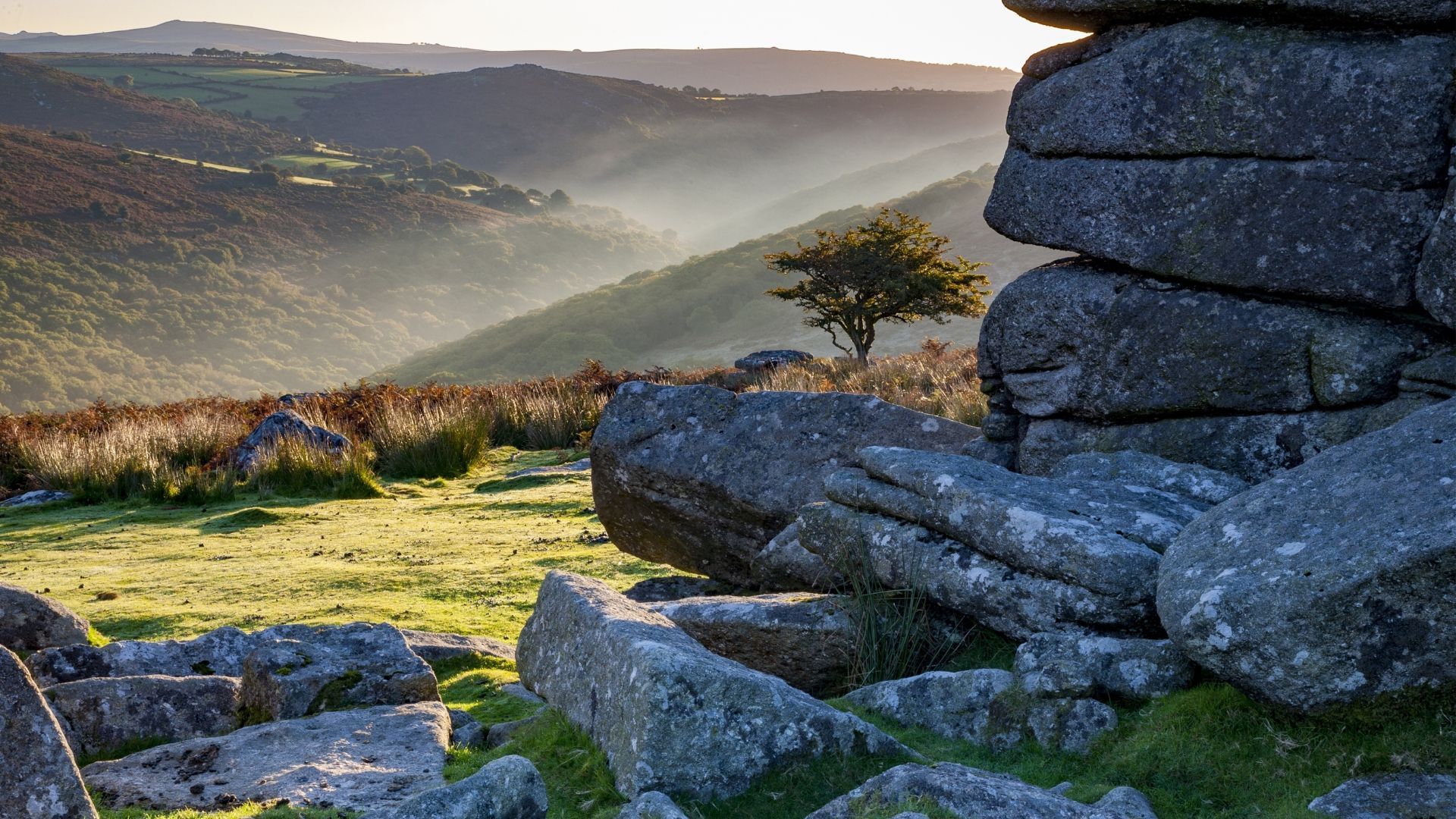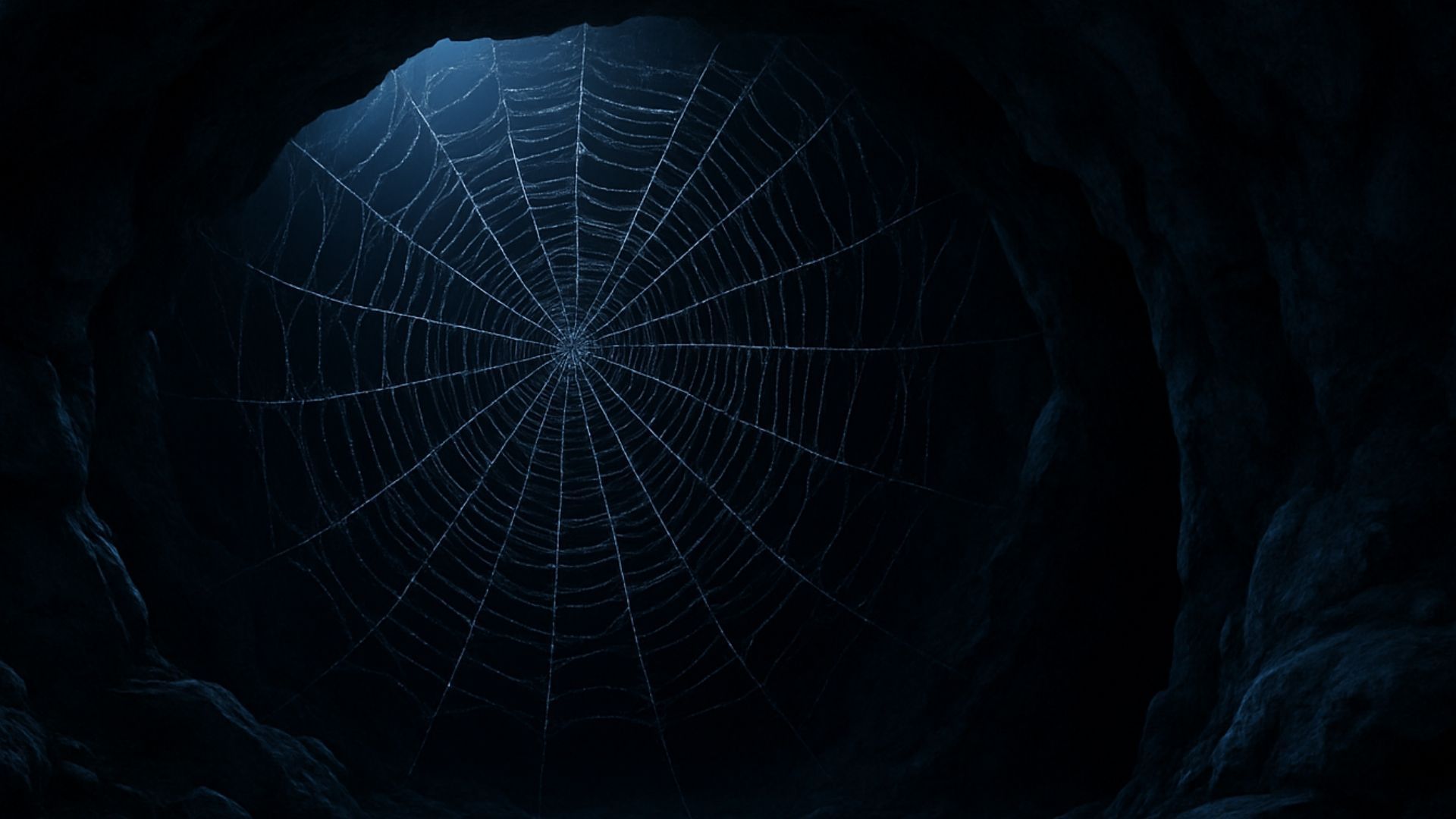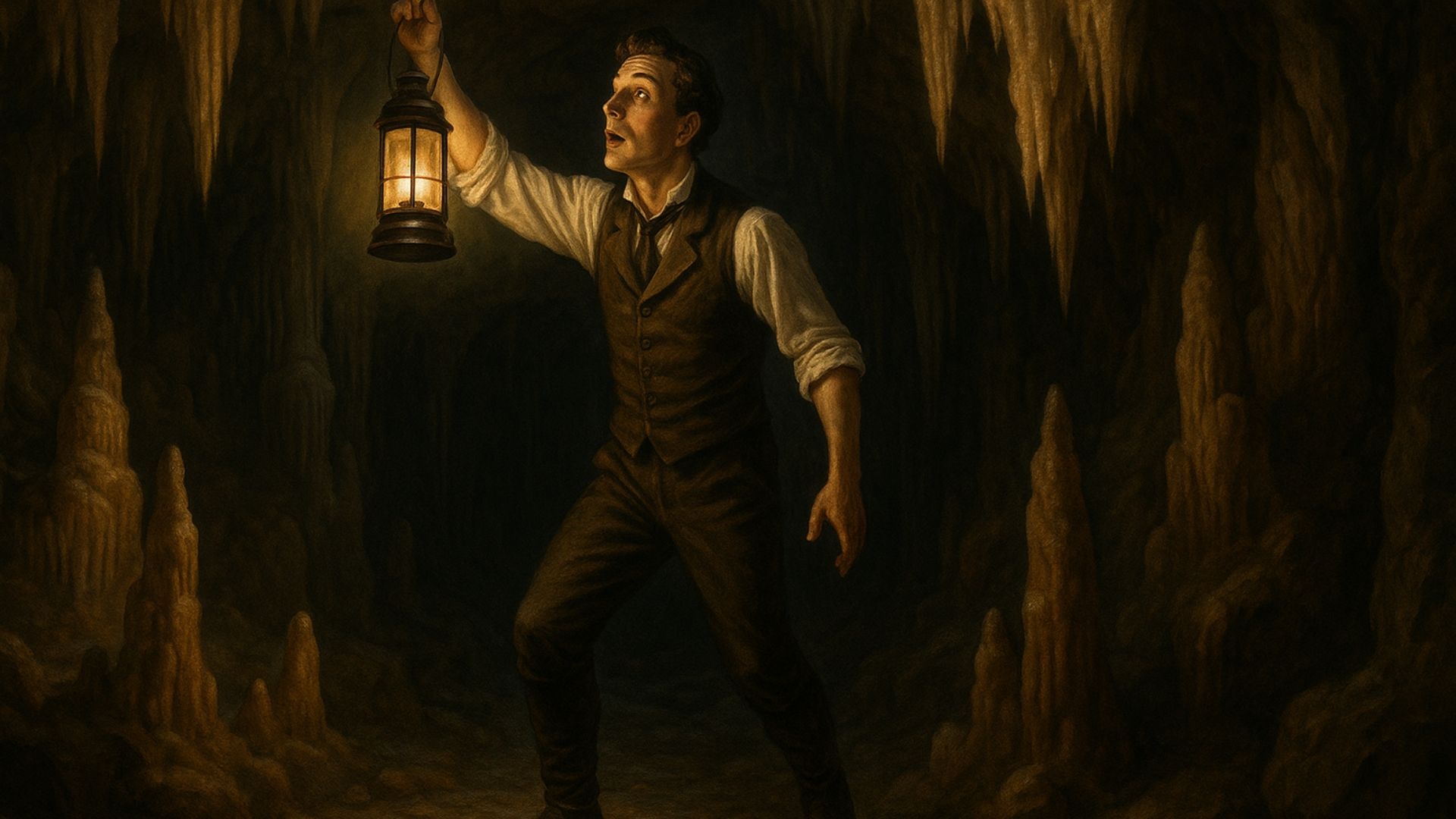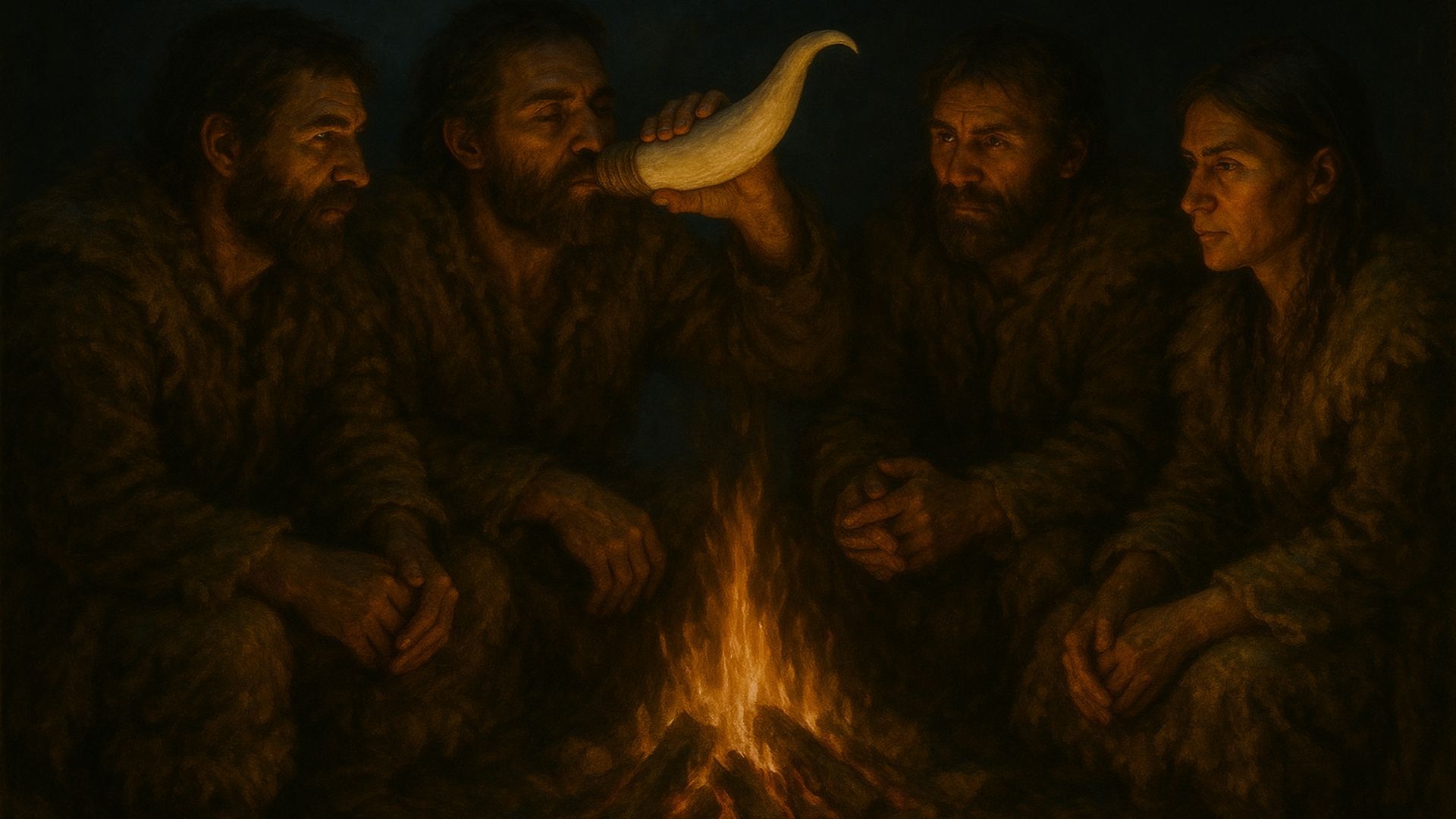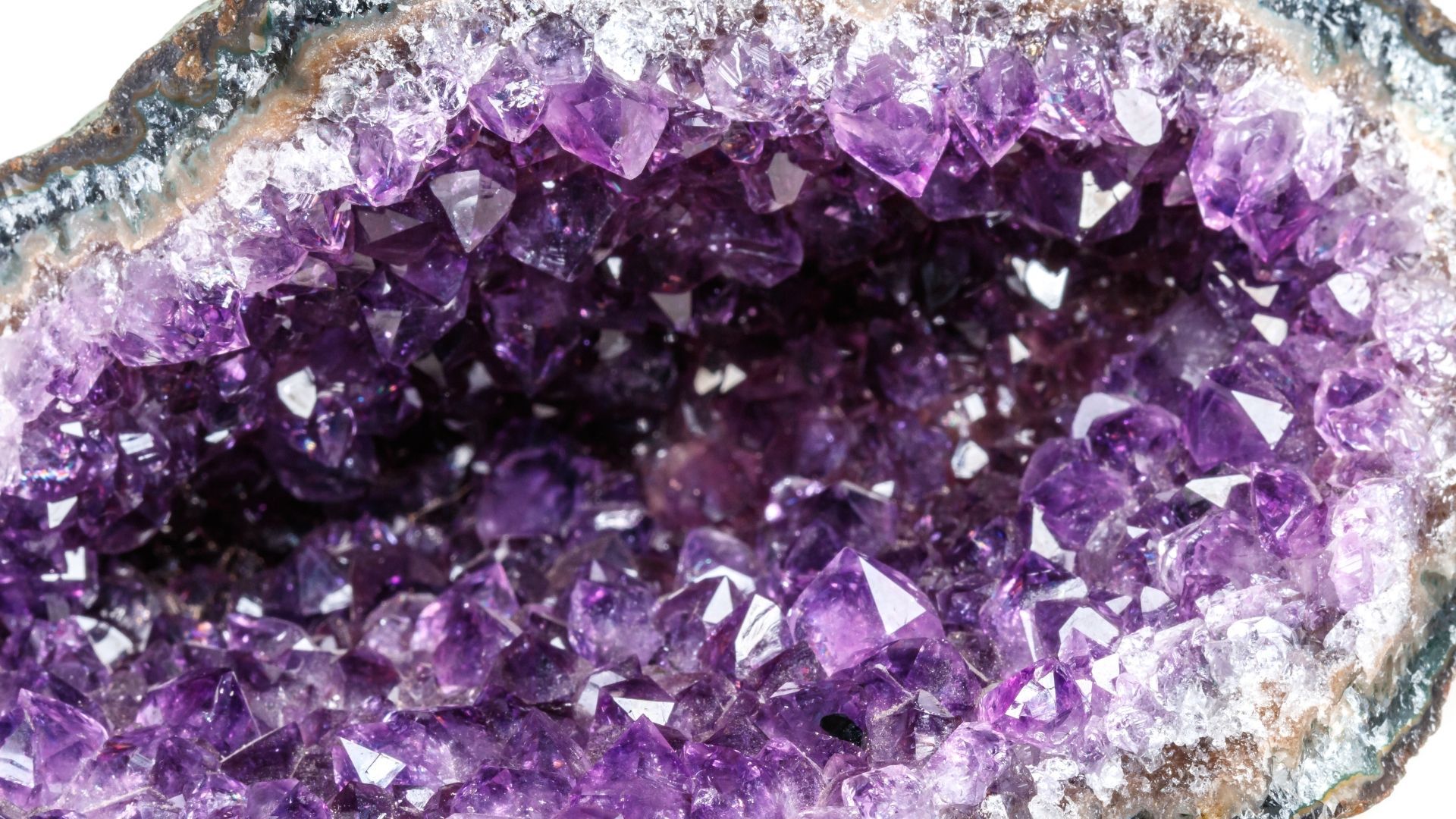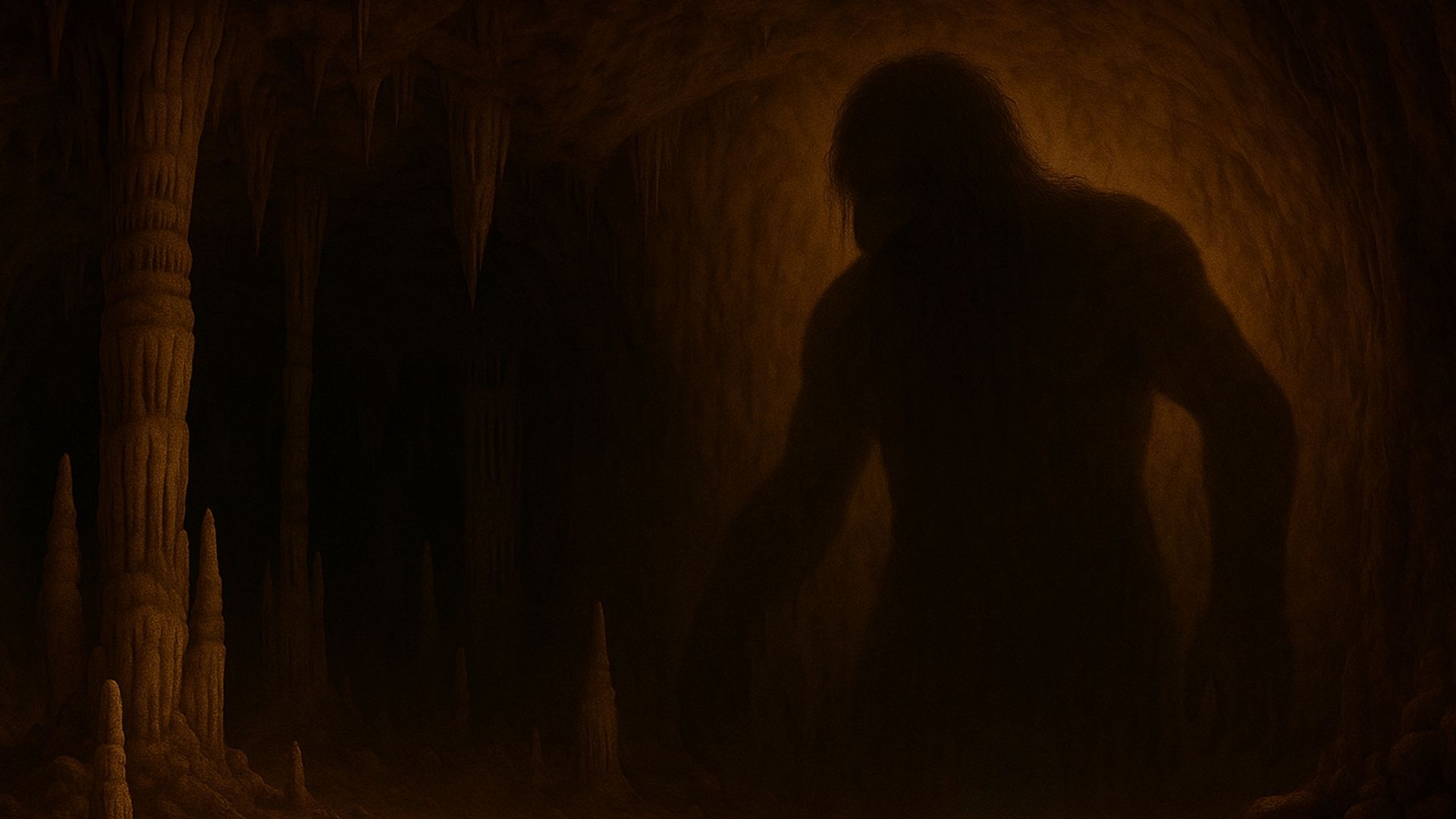Do bats turn left when exiting a cave? Your cave questions answered
At Stump Cross Caverns, we're mad about caves. Join us as we answer some frequently asked questions about everything from stalagmites to bats.
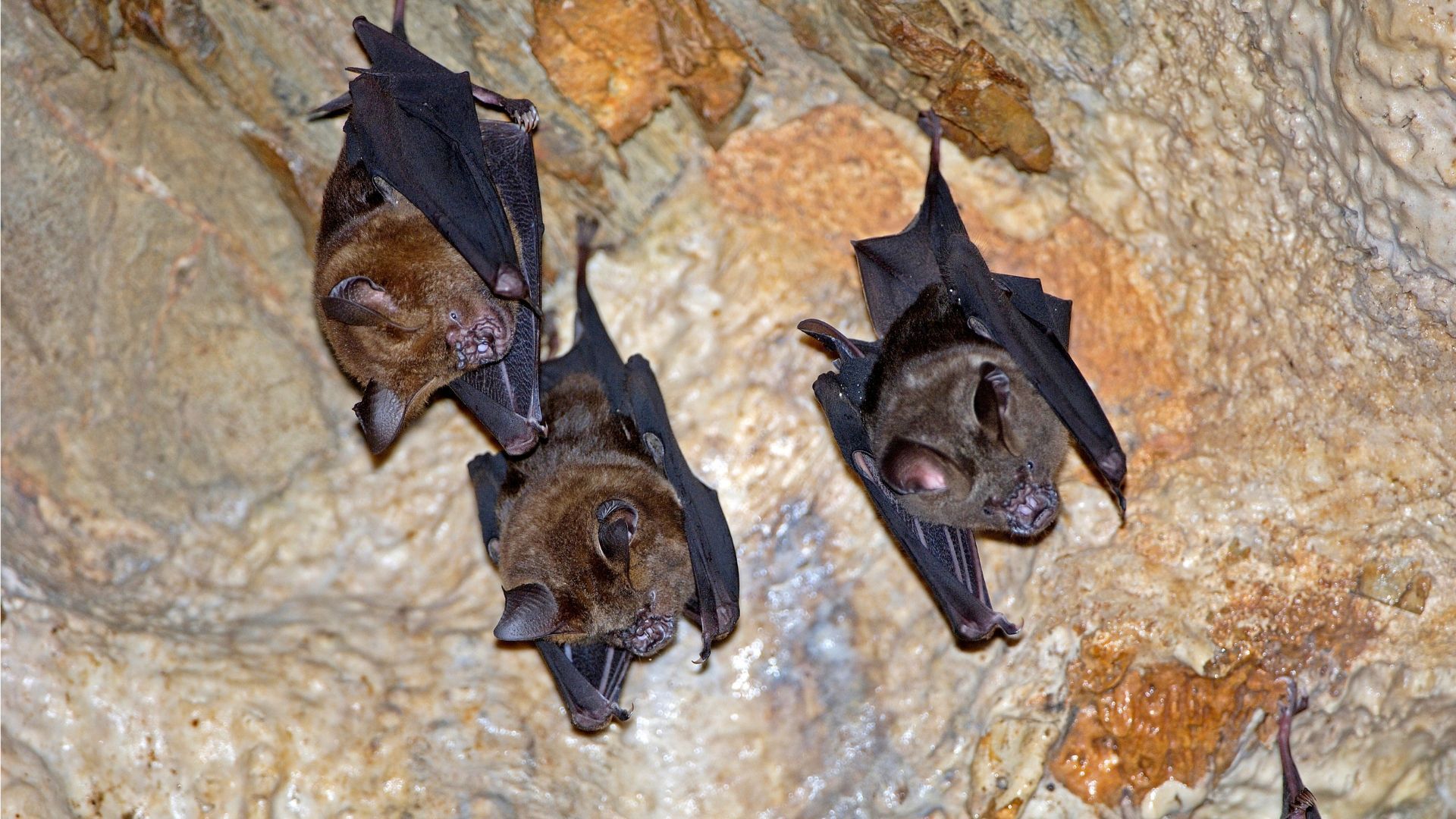
Do you know your stalagmites from your stalactites? Ever wondered where the deepest cave is or how it was formed?
Join us as we dive into some frequently asked questions about the wonderful world of caves.
How are caves formed?
You need two things to make a cave: limestone and rainwater. And a
lot
of time on your hands – maybe
100,000 years to make one big enough to get inside.
Rainwater absorbs carbon dioxide from the air. As it seeps through the soil, it turns into a weak acid – often carbonic. This then gets into cracks in the limestone that were formed by tectonic movements.
These cracks widen and break, forming subterranean streams. Eventually, they leave behind huge caverns.
Is limestone really made from dead animals?
Yep! Limestone is a sedimentary rock made from vast quantities of old animal shells. They slowly layered up on the seabed and, with the help of mud, hardened into what we now know as limestone.
And when we say "slowly", we're not talking "rush hour in York". These layers of sediment were formed over millions of years.
Limestone is a really versatile rock. It can be soft, like the chalky cliffs at Dover, or hard, like marble.
It's also a godsend for geologists, who have found tonnes of fossils in limestone. This has helped them to draw conclusions about the history of the Earth.
How old are cave paintings?
Early humans were painting patterns and figures on the walls of their caves more than 40,000 years ago.
In the Leang Tedongnge cave, Indonesia, archaeologists found a 45,500-year-old picture of a life-sized wild pig. The painting was known to the local community but wasn't seen by westerners until 2021.
Closer to home, engravings and bas-reliefs were found in Creswell Crags, Nottinghamshire in 2003 – the first known example of British cave art. These included a painting of a stag.
Most cave paintings are figurative, depicting mammoths, horses, bison and more. But some cave artists also went
abstract, decorating their shelters with dots, squiggles and handprints.
What's the difference between a stalagmite and a stalactite?
The answer is straightforward. Stalagmites go up and stalactites come down. But how are you supposed to remember the difference?
Adults like to say that "mites go up and tights come down" – but you might not want to share this with the young geologists in your life.
If you're a spelling buff, you could remember that the "c" in stalactite stands for "ceiling" and the "g" in stalagmite stands for "ground". But many schoolchildren will tell you that knowing which one has a "c" and which one has a "g" is half the battle.
Finally, there's this mnemonic: "Stalagmites might reach the roof. Stalactites have to hold on tight."
Are caves haunted?
Well, it depends on what you believe. Ghost stories set in caves abound – and Somerset's Wookey Hole could well be renamed Spooky Hole.
It's the site of the legend of the "witch of Wookey Hole". Are you ready to be chilled to the bone?
Once upon a time, a man from Glastonbury is betrothed to a woman from Wookey. A malevolent witch in the caves puts a hex on the marriage.
The man becomes a monk and decides to avenge the witch. He corners her in the cave and splashes holy water. This immediately turns her to stone – stone which you can see to this day.
Does Stump Cross have its own spooky inhabitants? We'll save that story for another day…
What kinds of animals live in caves?
Cave-dwelling animals are known as "troglofauna". Some troglofauna live there temporarily – bats, bears and swiftlets, for instance. Others live there permanently.
There's no sunlight in caves and therefore no photosynthesis. This means that any food has to be brought in from outside the cave.
Bats will roost in caves during the day, while swiftlets head underground at night. They forage for insects and fruits before bringing them inside.
Bat guano is a source of food for many permanent troglofauna, including cockroaches, mites, woodlice and springtails.
Over the years, there have been human cave-dwellers too. Most recently, an athlete named Beatriz Flamini
spent 500 days alone in a cave in Spain. Her aim was to find out more about the effects of social isolation on the mind and body.
What's the deepest cave in the world?
The deepest cave in the world is Veryovkina Cave in Georgia. Set between two mountains – Fortress and Umbrella – it's a whopping 1.3 miles deep.
When it was discovered in 1968, explorers measured it as 377 feet – but this figure has increased over time.
Want to pay a visit? Unfortunately, it's for hardcore speleologists only. To get to the bottom and back takes about a week – and it's a risky business.
In
2018, a team of eight cavers nearly drowned in a sudden flood that has been described as sounding "like a freight train hurtling through a tunnel".
But you can't keep a caver down. Explorations continue in Veryovkina.
Do bats always turn left when leaving a cave?
We're sorry to tell you, but the answer is a big, echoey "no". Bats can leave a cave to the left, to the right, or straight ahead – and there's plenty of footage to prove it.
Bats love a good cave though. You might even spot one here at Stump Cross.
Bonus fact: the world's biggest bat colony is in Bracken Cave, Texas. It's home to 15 million of them!
Want to experience a real
cave adventure in the UK? Stump Cross Caverns is a network of ancient natural caves set deep beneath the Yorkshire Dales.
Book your tickets today – and prepare for an experience like no other.

